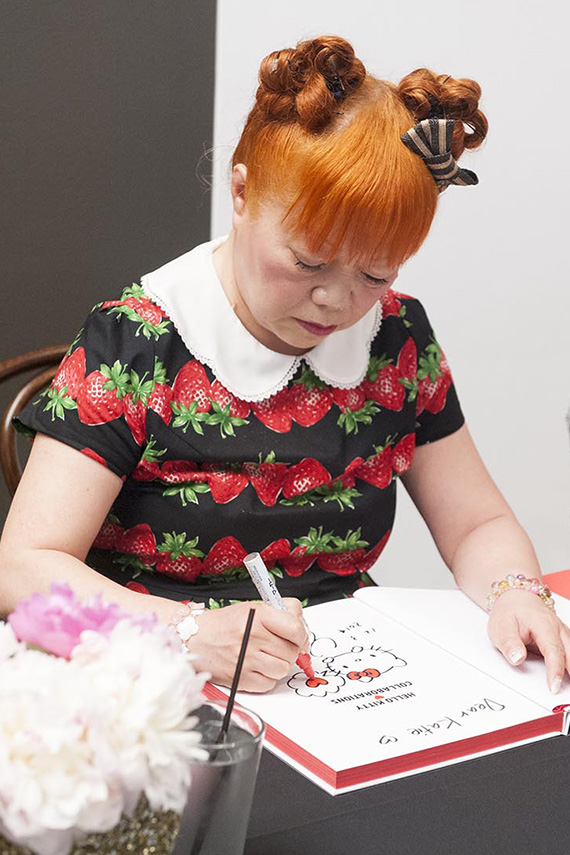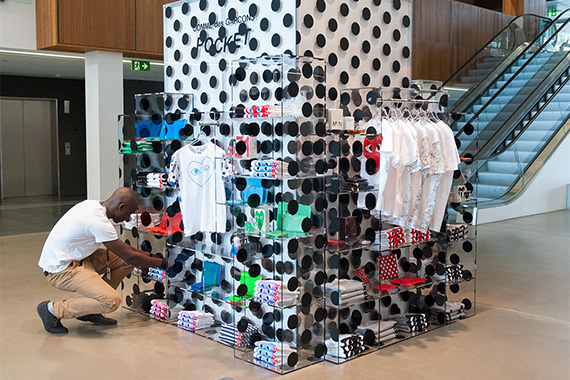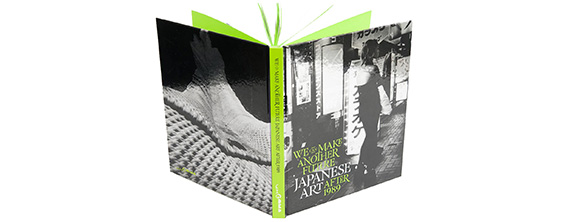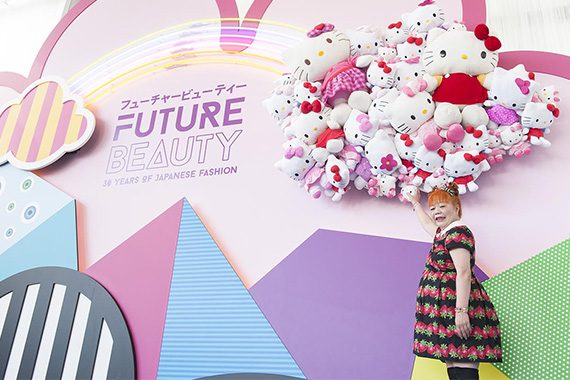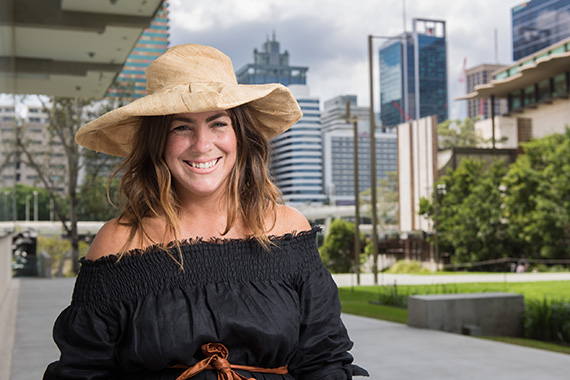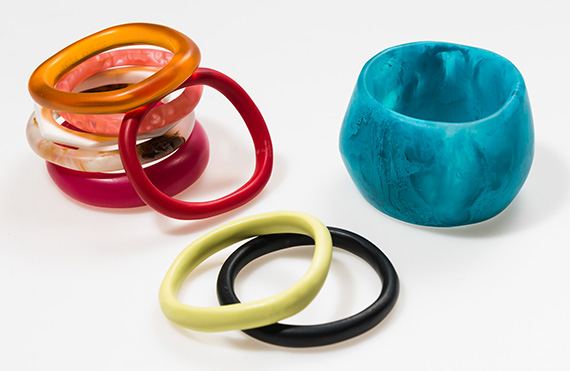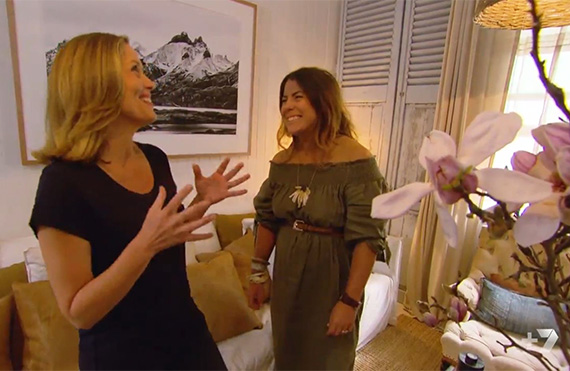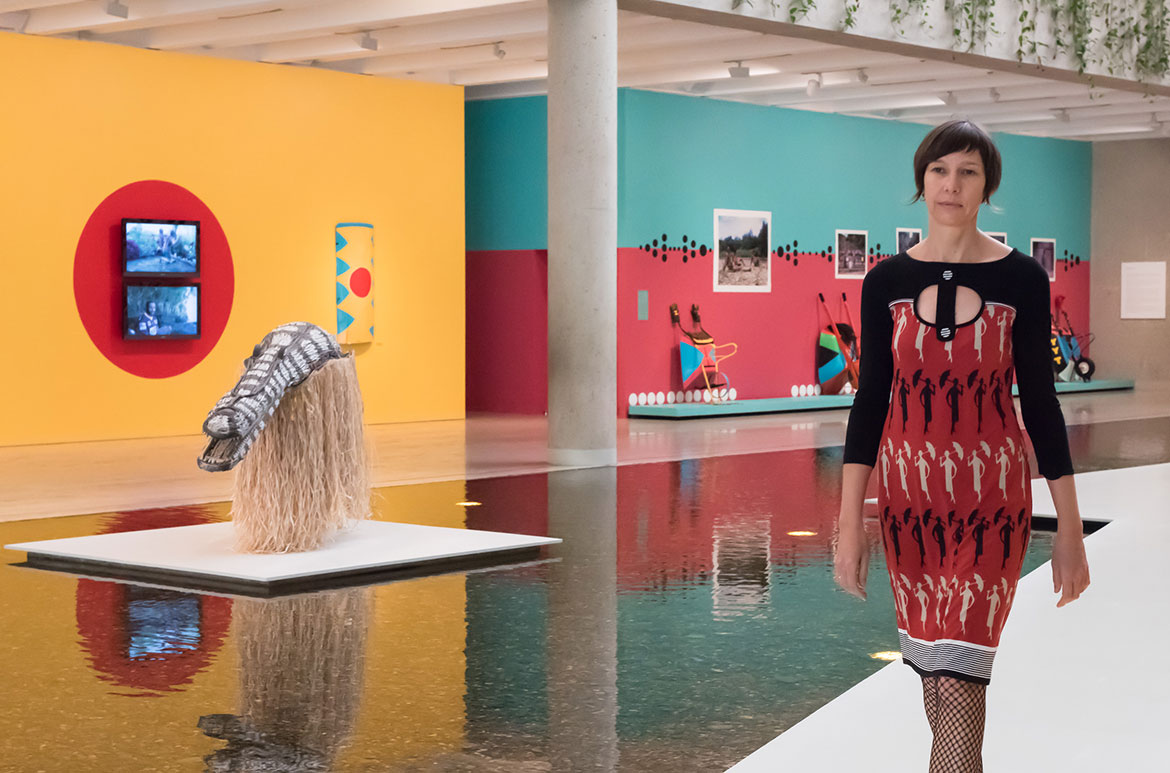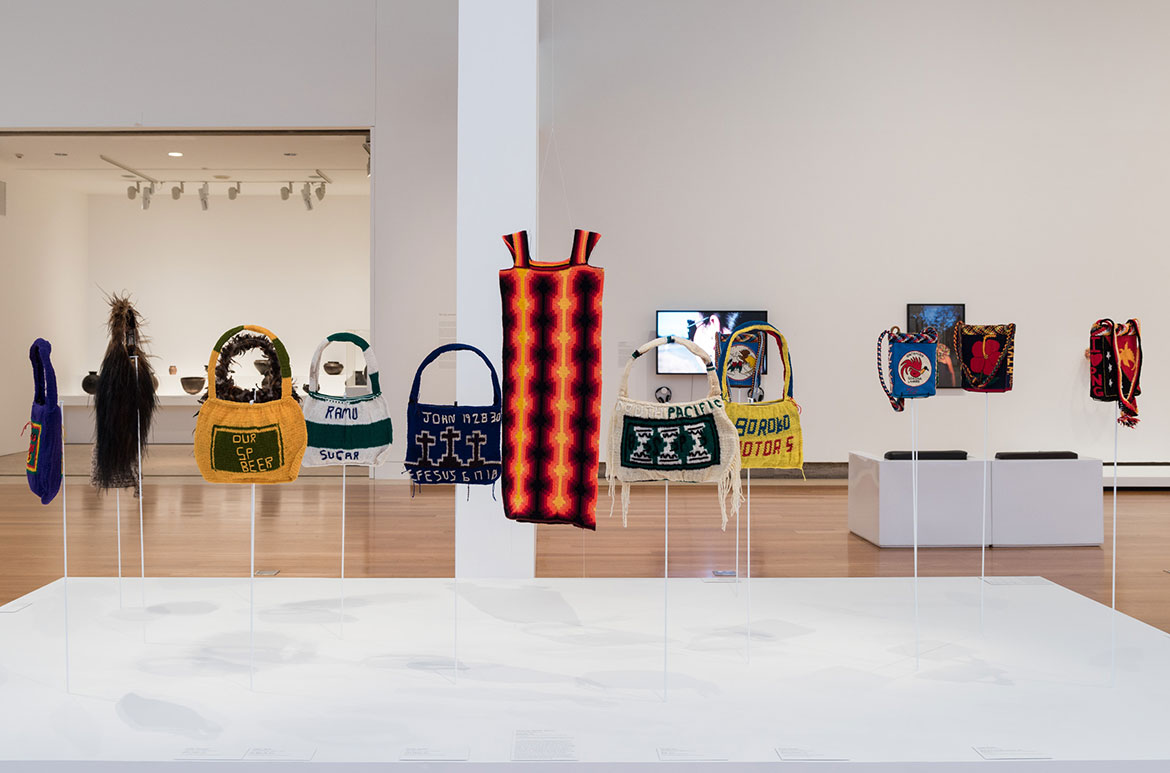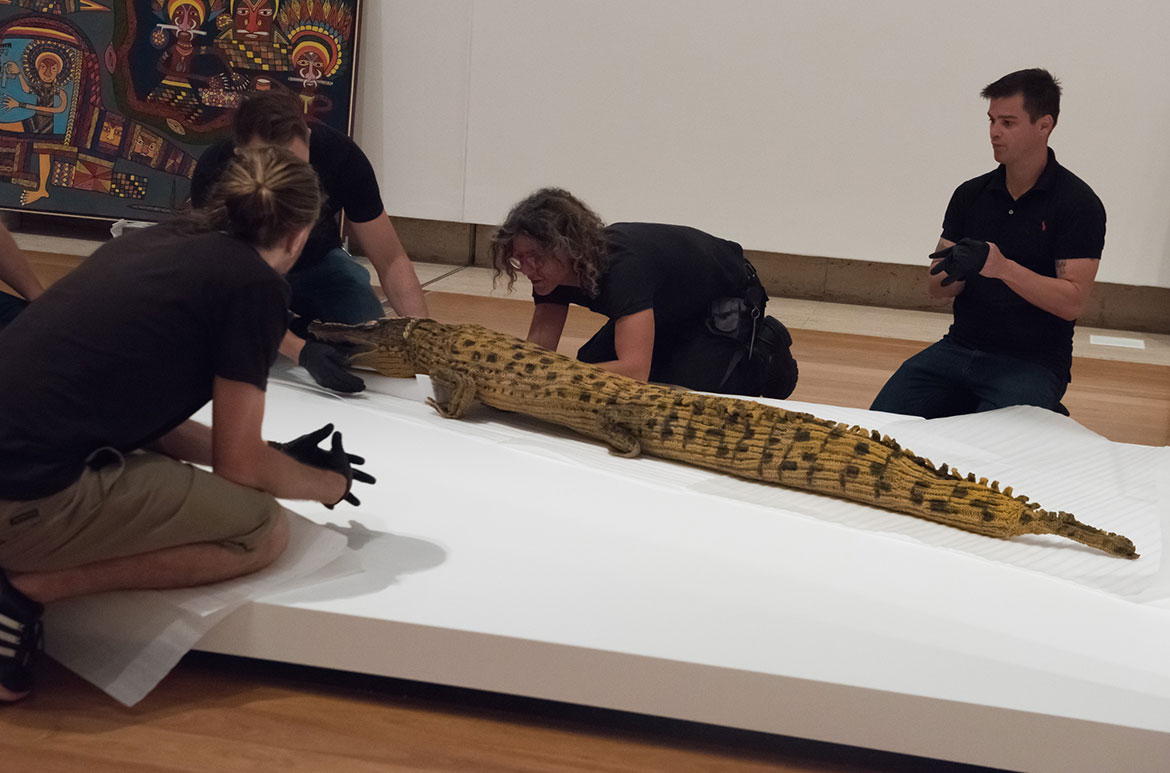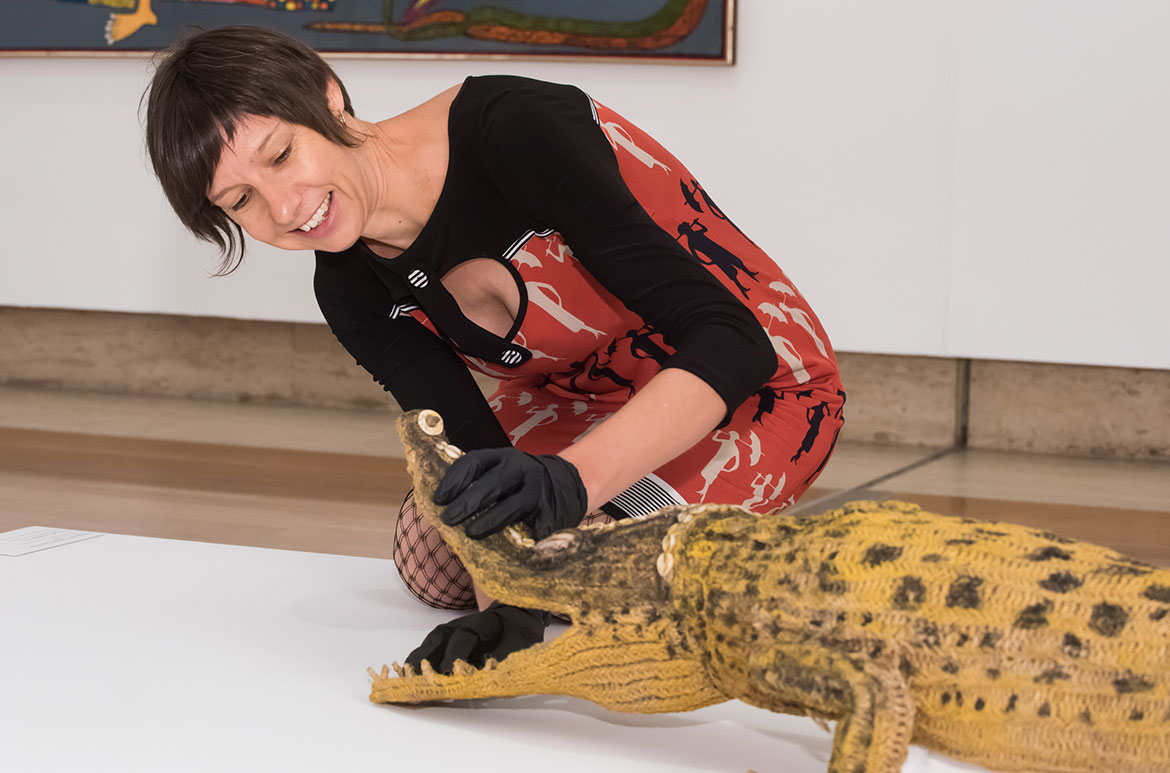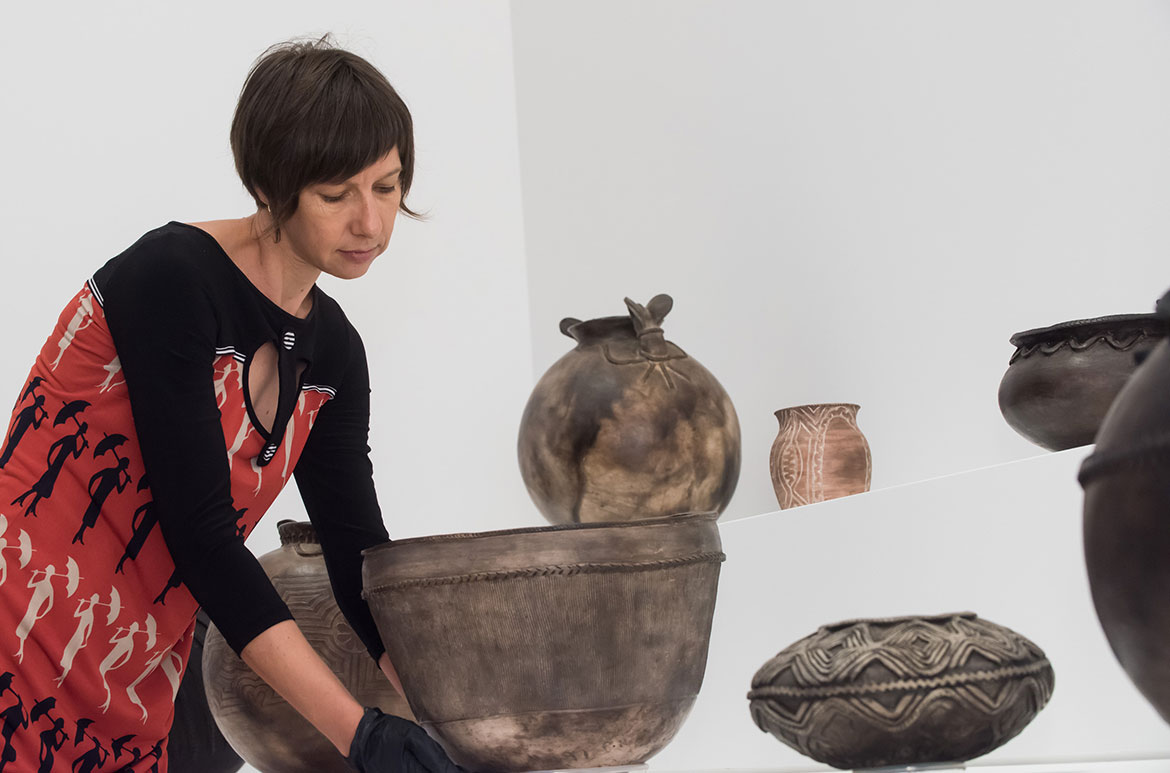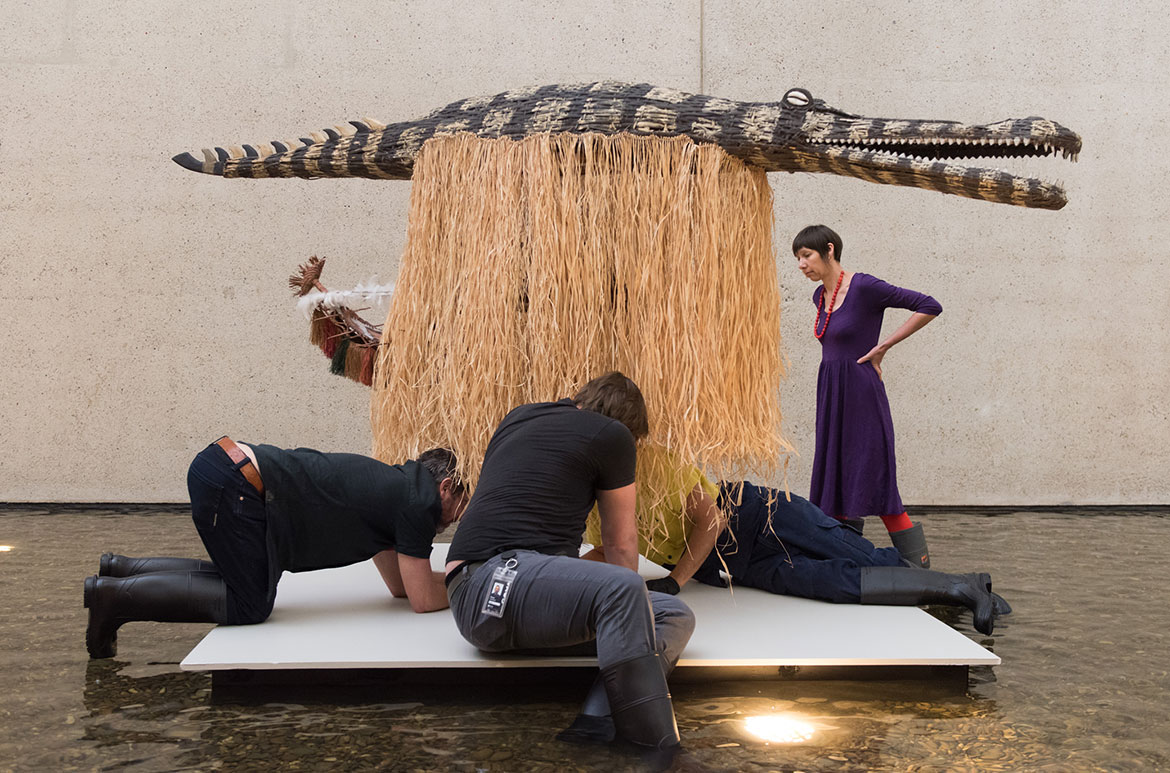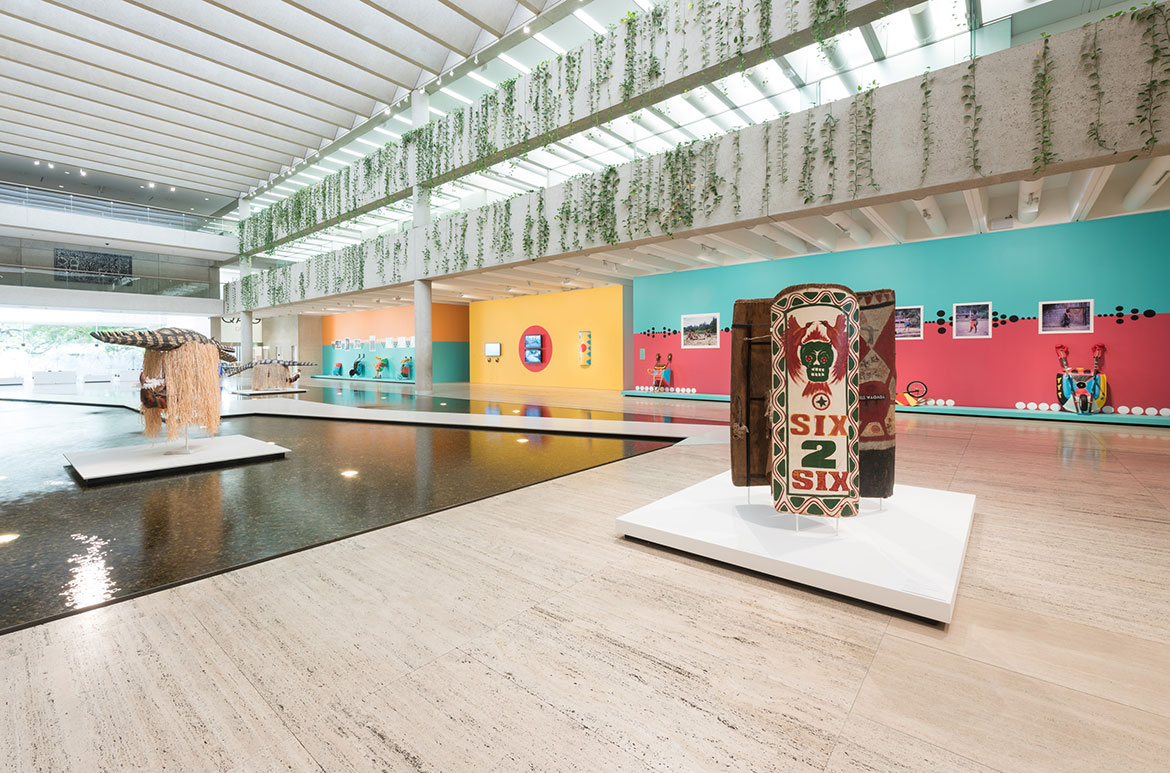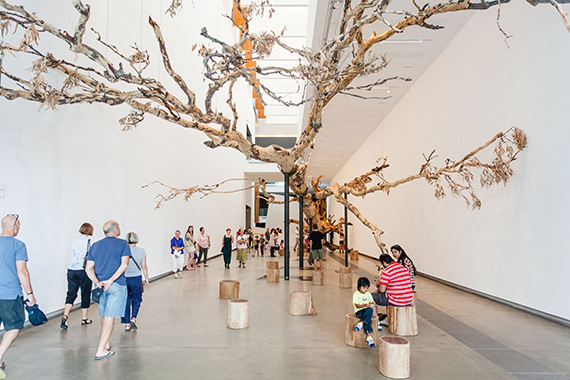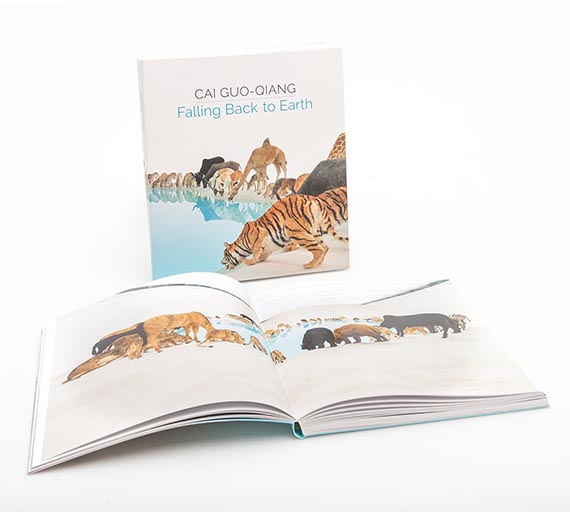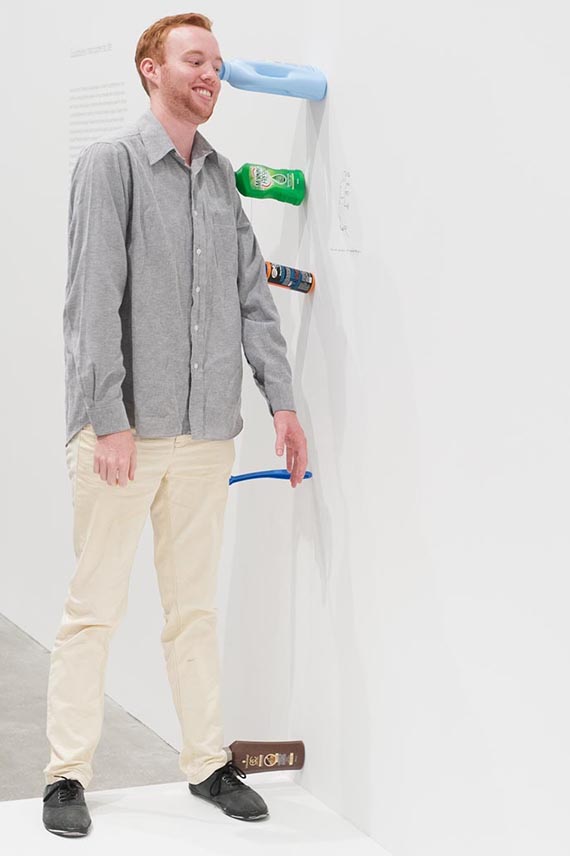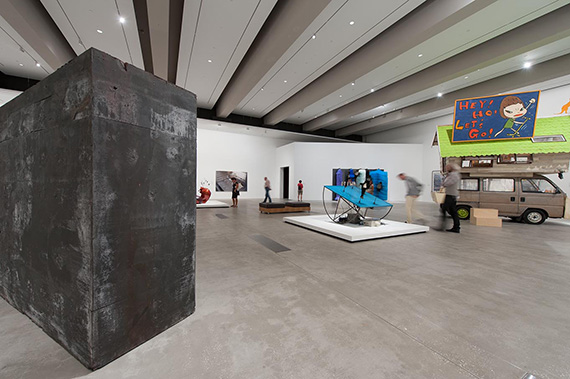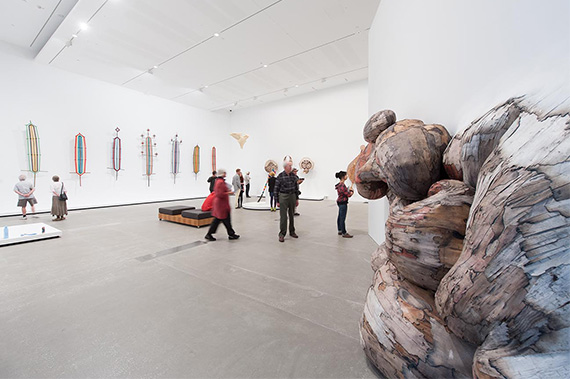In 2014, as part of a major season of Japanese art, cinema and design, the Gallery presented ‘Future Beauty: 30 Years of Japanese Fashion’ (1 November 2014 – 15 February 2015) and ‘We can make another future: Japanese art after 1989’ (6 September 2014 – 20 September 2015).
‘We can make another future’ surveyed the art of Heisei or ‘enlightened peace’, the current era in the Japanese imperial calendar, through 100 works by over 40 contemporary Japanese artists.
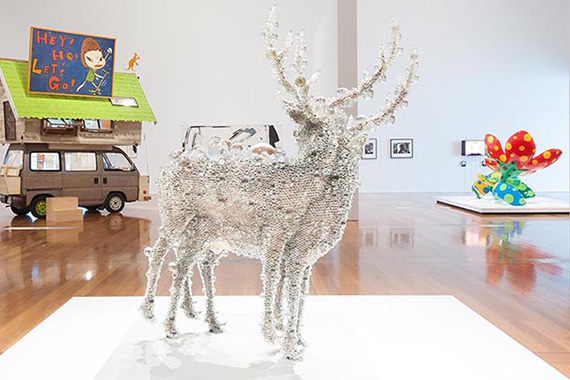
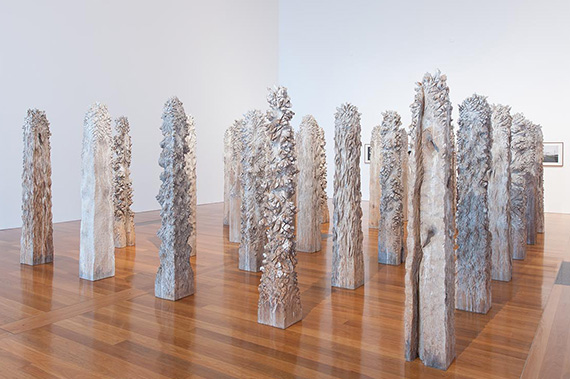
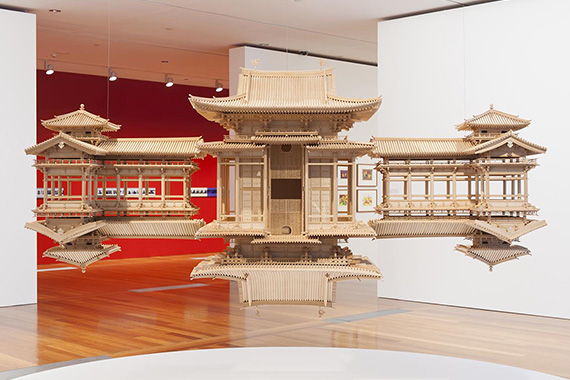
Beginning in 1989, Heisei has seen significant challenges for Japan, but it has also been the period of ‘Cool Japan’, with widespread international interest in Japan’s contemporary cultural production. As well as 25 years of Heisei, this also marked 25 years of the Gallery’s public engagement with the contemporary art of Japan.
The exhibition was an opportunity to experience the breadth of Japanese art that the Gallery has accumulated since 1989, making it the most significant representation in Australia and follows a number of exhibition and publishing projects that have enabled the Gallery to research and analyse significant areas of the Collection by region. These exhibitions have included ‘The China Project’ (2009), ‘Unnerved: The New Zealand Project’ (2010) and ‘My Country, I Still Call Australia Home: Contemporary Art from Black Australia’ (2013).
We can make another future features works by artists including Yayoi Kusama, Lee Ufan, Takashi Murakami, Yasumasa Morimura, Daido Moriyama, Yoshitomo Nara, Hiroshi Sugimoto and Yukinori Yanagi. QAGOMA’s collection of contemporary Japanese art is the most extensive in Australia and is uniquely positioned to shed light on these artists and various aspects of culture and society in Japan.
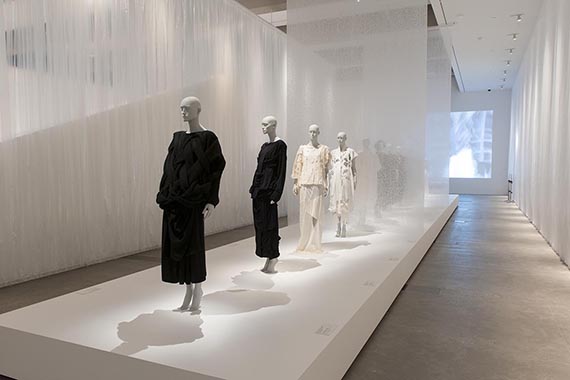
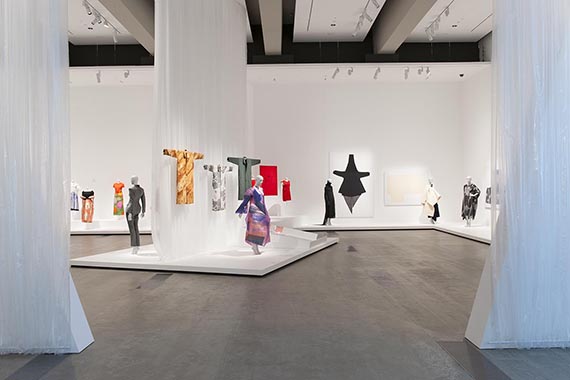
‘Future Beauty: 30 Years of Japanese Fashion’ explored the tremendous innovation of Japanese fashion designers from the early 1980s to the present. With over 100 garments featured in the exhibition, ranging from the classic and elegant to outrageous, this was a rare opportunity to view these unique creations first hand.
EXPLORE THE EXHIBITION FURTHER
DELVE DEEPER INTO JAPANESE FASHION
Japanese fashion made an enormous impact on world fashion in the late 20th century. Designers such as Issey Miyake, Rei Kawakubo of Comme des Garçons and Yohji Yamamoto revolutionised the way we think of fashion.Their works were shown alongside examples of techno-coutour and the new generation of radical designers.
Curated by eminent Japanese fashion historian Akiko Fukai, Director of the esteemed Kyoto Costume Institute in Japan, this exhibition explored the unique sensibility of Japanese design, and its sense of beauty embodied in clothing.

